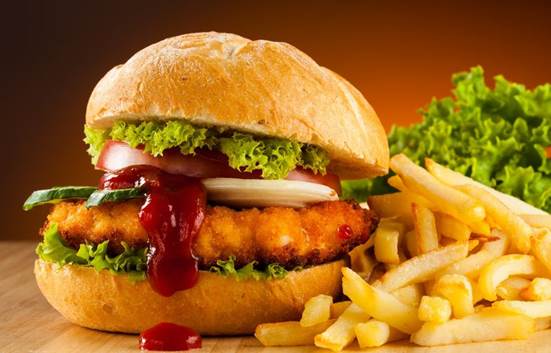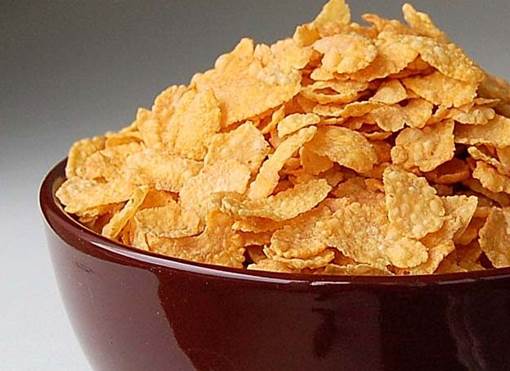What increases your odds of gaining weight?
Eating carbs at breakfast, lunch or dinner?
Carbohydrates for breakfast or lunch
Scientists in Israel discovered how people who reserve their
carb intake until dinner feel fuller and eat less the following day. After the
six-month study, they’d also lost more weight.
Why?
The ‘carbs at night’ eating pattern changes the secretion of
‘hunger hormones’. It boosts daytime levels of lepton so you feel fuller for
longer, and slows down the release of ghrelin, so hunger strikes later in the
day. Levels of adiponectin rise too, which may offer some protection against
weight-related health problems like diabetes.
Work with it
Remember that dinnertime isn’t midnight. According to a US
study, regardless of the type of food you serve up, if you eat it when your
body is meant to be asleep, you increase your chances of putting on weight.
What makes you more likely to choose the unhealthiest option?
A fast-food menu with or without a ‘healthy choice’?
The restaurant that lists some healthier options
When researchers in the US added a salad to a typical
fast-food line up, almost everyone ordered the unhealthiest item on the menu,
which didn’t happen when the only options were unhealthy ones. And the effect
was strongest among people who typically showed good self-control over food.

A fast-food menu
with or without a ‘healthy choice’?
Why?
People who usually make nutritious food choices feel
relieved to see a healthy option on traditionally unhealthy menus, and
subconsciously allow themselves to give in to temptation as a result. In
scientific circles, the phenomenon is called ‘vicarious goal fulfilment’.
Work with it
Don’t just consider the salad – choose it. But if you do
decide to indulge, don’t ‘supersize’ the meal: Australian researchers say an
upsized meal that costs just 16 per cent more means eating 56 per cent more fat
and 53 per cent more sugar.
What is worse for your blood pressure?
Cornflakes, corn chips or roasted peanuts with salt?
Cornflakes
Why?
When you compare a 30g serve of all three, the cornflakes
contain 44 per cent more sodium than the nuts and 57 per cent more than the
corn chips. High-sodium diets are a risk factor for high blood pressure, but
despite that, the average Australian consumes more than double the amount of
sodium recommended to prevent heart disease.

When you compare a
30g serve of all three, the cornflakes contain 44 per cent more sodium than the
nuts and 57 per cent more than the corn chips.
Work with it
Try to stick to consuming less than 1,600mg of sodium per
day. That’s roughly a teaspoon of salt. A 30g serve of cornflakes takes up
about 10 per cent of that on its own because processed foods often contain much
more salt than you’d expect, even if they don’t taste particularly salty.
‘Low-salt’ foods should contain less than 120mg of sodium per 100g – cornflakes
contain four and a half times that amount.